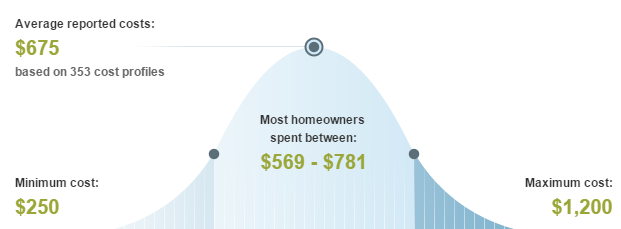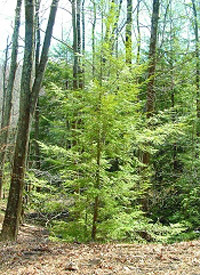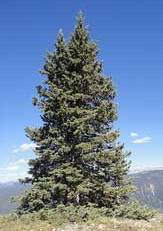Skip to a section:
- Costs – Learn more about the cost of tree maintenance and removal, along with stump removal and grinding, in Vancouver, Washington.
- FAQs – Do you know about the common trees in Vancouver? What about the difficult to maintain trees or regulations concerning trees? We have that information for you here.
- Services – Get a pro to your house today!
How Much Do Tree Services Cost in Vancouver?
In the heavily forested Pacific Northwest, tree services are often a necessary part of life, required both for home maintenance and for sculpting out the most desirable landscaping possible. Determining the cost of tree services and care can be difficult, especially for homes that are surrounded by a multitude of trees and shrubbery. The following represents the cost of some common maintenance activities including tree or stump removal along with more ordinary care like trimming or pruning.

How Much Does Tree Removal Cost?
The cost of tree removal can vary substantially according to a number of factors including size, location and difficulty of removal. For example, trees near homes or power lines tend to cost more to remove than trees in backyards, away from the house or in open fields. On average, homeowners can expect to pay $675 per tree removed. The cost generally ranges from $570 to $780.
How Much Does Stump Removal Cost?
The cost of stump removal depends primarily on the size and location of the stump. Large ones are more expensive than medium-sized stumps. Taking into account labor, specialized tools and other fees, a large stump averages about $85 to $150 per stump. For medium stumps, $80 to $145 is the average cost of the job.
Average Cost of Tree Maintenance in Vancouver
These services are typically quite expensive in the Portland metropolitan area, of which Vancouver is a part. This is due to the high-cost-of-living for the overall area. Tree and shrub maintenance costs homeowners about $1,120 per year with the range for services coming in between $500 and $1,600. This is a widespread distribution in part because of the potential variety of services included.
Vancouver Tree Facts & FAQs
Many homeowners want to know more about the regulations that govern tree services and related topics including trimming and removal. Others may wish to learn additional facts and tidbits about the trees in their area. The following provides an opportunity to gain more knowledge about both topics.
Tree Removal Regulations in Vancouver
According to Vancouver Municipal Code 20.770, in many situations a permit is required for the removal of trees on private property. Failure to obtain a permit can result in citations and fines. Contact Urban Forestry or Community Development for more information about permits for tree removal. No permit is necessary for pruning and trimming on private property.
Generally, utility companies trim or remove trees that are too close to power lines due to the threat of outages, fires or other potentially hazardous conditions like fallen wires after a tree or limb fall. Low-growing trees of less than 25 feet at maturity are allowed adjacent to overhead lines. Medium-sized trees of 25 to 35 feet tall are permitted 25 feet or more from overhead lines. Large trees of more than 35 feet must be no closer than 50 feet from power lines.
Because of its relatively mild climate, it is possible to remove trees year round. Summer may be a marginally better choice overall because of reduced rainfall in July and August. Less rain means a decreased possibility of work delays.
Common Trees
 The state tree of Washington is the western hemlock, an attractive conifer native to the Pacific Northwest. Evergreens, conifers and other tree-types grow exceptionally well here, including:
The state tree of Washington is the western hemlock, an attractive conifer native to the Pacific Northwest. Evergreens, conifers and other tree-types grow exceptionally well here, including:
- Pacific silver fir
- Black cottonwood
- Black walnut
- Western larch
- Lodgepole or shore pine
 Many fruit trees grow well in Vancouver, especially apples, but also cherries, plums and pears. Some people have also grown olive and citrus trees here, but with substantially more effort.
Many fruit trees grow well in Vancouver, especially apples, but also cherries, plums and pears. Some people have also grown olive and citrus trees here, but with substantially more effort.
In 1903, Douglas fir trees were removed from the future site of the city. These firs were measured at approximately 300 feet tall and 11 feet across according to The Encyclopedia Americana. These days Douglas firs remain among the tallest trees in the region but not the tallest in the city. That honor goes to a western white pine (Pinus monticola) that stands 175 feet tall, located at 11418 SE Evergreen Highway. The shortest specimens are likely to be garden ornamental trees like Japanese maple or dwarf species of more common trees.
Diseases and Difficult to Maintain Trees
Tree diseases are relatively uncommon in Vancouver. However, a few are present including several different types of root rot, verticillium wilt and apple scab.
Any trees that require a drier and warmer climate or large amounts of direct sunlight are unlikely to thrive here. However, the biodiversity of southern Washington State is substantial, especially in terms of thriving non-native trees. Neighboring Portland, was named one of the 10 Best Cities for Urban Forests in the nation. The climate on the other side of the river is very similar.
Plant Hardiness Zones in Washington
Here is the Florida plant hardiness zone map, as provided by the USDA:

Local Tree Services in Vancouver
